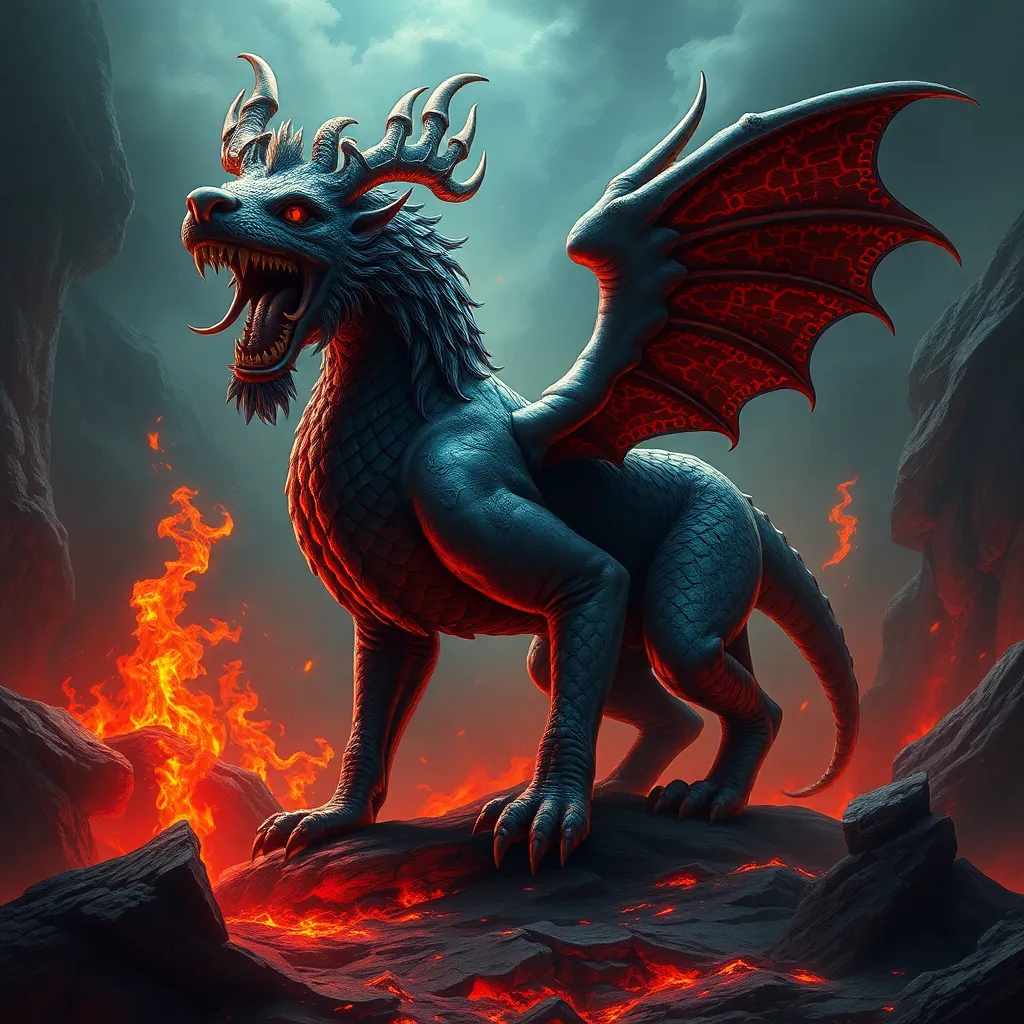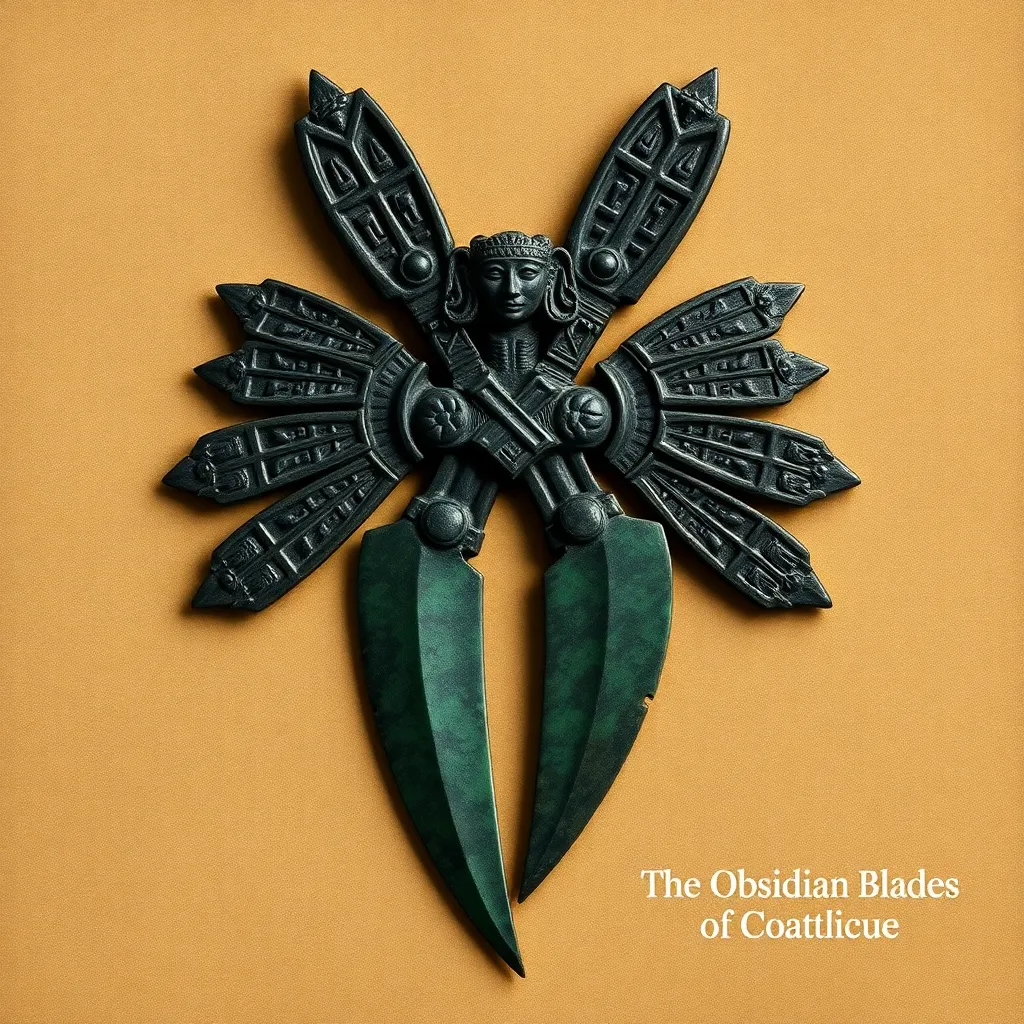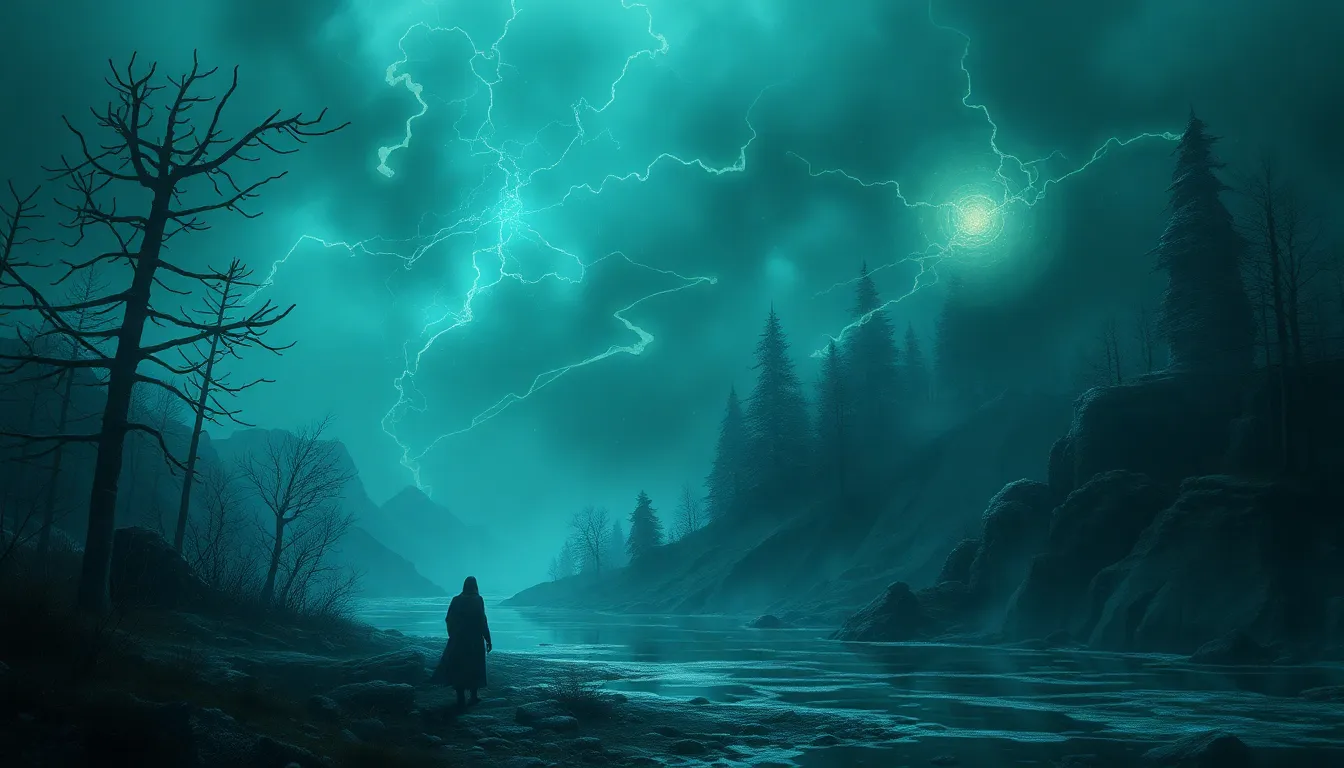The Manticore in Mesopotamian Mythology: A Guardian of the Gates of Hell?
I. Introduction
Mesopotamian mythology is a rich tapestry of stories, deities, and mythical creatures that originated in the ancient civilizations of Sumer, Akkad, Babylonia, and Assyria. This vibrant mythological tradition has fascinated scholars and enthusiasts alike for centuries. Among the many creatures found in these ancient texts, the Manticore stands out as a particularly intriguing figure.
The Manticore, often depicted as a hybrid beast with the body of a lion, the head of a human, and the tail of a scorpion, is a creature shrouded in mystery and symbolism. This article aims to explore the role of the Manticore in relation to the Gates of Hell, examining its origins, characteristics, and significance in Mesopotamian beliefs.
II. The Origin and Description of the Manticore
A. Historical roots in Mesopotamian culture
The Manticore is believed to have originated from ancient Mesopotamian culture, where it was likely influenced by local fauna and the symbolic representation of various aspects of the human experience. Early depictions of the Manticore can be traced back to the art and literature of the region, where it served as both a protector and a harbinger of danger.
B. Physical characteristics: lion body, human head, and scorpion tail
Physically, the Manticore is described as possessing:
- A powerful lion’s body, symbolizing strength and ferocity.
- A human head, often depicted with a fierce expression, representing intelligence and cunning.
- A scorpion’s tail, which adds a menacing aspect, capable of delivering lethal venom.
This unique combination of traits contributes to the Manticore’s image as a formidable guardian and a fearsome adversary.
C. Symbolism and significance in ancient texts
The Manticore’s symbolism is multifaceted. In ancient texts, it often embodies the duality of protection and peril, serving as a reminder of the boundaries between life and death. Its presence in mythology underscores the human fascination with the unknown and the dangers that lurk beyond the mortal realm.
III. The Manticore in Comparative Mythology
A. Similar creatures in other cultures (e.g., griffins, sphinxes)
Throughout various cultures, similar hybrid creatures can be found, such as:
- Griffins: With the body of a lion and the head and wings of an eagle, these creatures are often seen as guardians of treasure.
- Sphinxes: In Egyptian mythology, sphinxes have the body of a lion and a human head, posing riddles to those who seek to pass.
These beings, like the Manticore, serve as protectors and challengers, embodying the complexities of life, death, and the journey between the two.
B. Common themes and archetypes across mythologies
Across various mythologies, common themes emerge, such as:
- The guardian archetype, representing protection and wisdom.
- The trickster figure, embodying cunning and the potential for chaos.
- The embodiment of fear, often serving as a warning against transgressing boundaries.
The Manticore encapsulates these themes, making it a significant figure in the mythological landscape.
C. The Manticore’s unique attributes compared to other mythological beasts
What sets the Manticore apart from similar creatures is its distinctive combination of fearsome traits and its specific associations with the underworld and the afterlife. Unlike griffins or sphinxes, the Manticore’s scorpion tail emphasizes its lethal nature, making it a more direct symbol of death and danger.
IV. The Gates of Hell in Mesopotamian Beliefs
A. Overview of Mesopotamian views on the afterlife
In Mesopotamian beliefs, the afterlife was perceived as a shadowy, dreary existence. The underworld, known as Kur, was a place where souls would reside after death, often depicted as a bleak realm ruled by the goddess Ereshkigal. The living had to tread carefully, as the boundaries between the realms of the living and the dead were fraught with peril.
B. Description of the Gates of Hell in ancient texts
The Gates of Hell in Mesopotamian mythology were depicted as formidable barriers separating the living from the dead. They were often described as being guarded by fierce creatures, ensuring that only those destined for the afterlife could pass through. The imagery surrounding these gates emphasized their role as a threshold to the unknown.
C. Role of guardians and protectors in the underworld
Guardians in the underworld served crucial roles, acting as protectors of the deceased and enforcing the rules of passage. These figures were often depicted as fearsome beings, embodying the dangers that awaited those who might attempt to cross into the realm of the dead without proper guidance or respect.
V. The Manticore as a Guardian of the Gates
A. Evidence from ancient inscriptions and mythological texts
Several ancient inscriptions and mythological texts reference the Manticore in the context of guarding the Gates of Hell. These references often highlight its role as a fierce protector, tasked with ensuring that the souls entering the underworld were worthy of passage.
B. Interpretations of the Manticore’s role in guarding the gates
Scholars have interpreted the Manticore’s role as one of both protection and judgment. Its fearsome appearance serves to intimidate those who might seek to enter the underworld without the necessary rites, while also symbolizing the inevitability of death and the judgment that follows.
C. The creature’s significance in protecting the realm of the dead
The Manticore’s significance in this context reflects the broader themes of mortality, the afterlife, and the fear of the unknown. As a guardian of the gates, it embodies the complexities of life and death, serving as a reminder of the sacredness of the transition between the two realms.
VI. The Manticore’s Symbolism and Cultural Impact
A. The Manticore as a symbol of fear and power
Throughout history, the Manticore has come to symbolize fear and power, representing the dangers of the unknown and the fierce guardianship required to traverse it. Its image evokes both awe and terror, making it a compelling figure in art and literature.
B. Influence on art, literature, and modern culture
The Manticore has influenced various forms of artistic expression, including:
- Literature: It appears in various mythological texts and stories, often as a symbol of danger.
- Art: Artists have depicted the Manticore in various forms, emphasizing its fearsome qualities.
- Modern media: The creature has made appearances in films, video games, and fantasy literature, showcasing its enduring legacy.
C. The Manticore in contemporary interpretations and adaptations
In contemporary interpretations, the Manticore is often reimagined as a complex character, embodying themes of duality, transformation, and the struggle between good and evil. Its portrayal in modern media continues to captivate audiences, ensuring its place in the collective imagination.
VII. Modern Perspectives on the Manticore
A. How modern scholars view the Manticore in historical context
Modern scholars approach the Manticore with a focus on its historical and cultural significance within Mesopotamian society. By analyzing ancient texts and artifacts, researchers seek to understand the creature’s role and the meanings attributed to it by ancient peoples.
B. The relevance of the Manticore in today’s mythological studies
In today’s mythological studies, the Manticore serves as a case study for examining the intersections of culture, symbolism, and human psychology. Its unique characteristics and the themes it embodies make it a valuable subject for analysis.
C. Ongoing fascination with the Manticore in popular culture
The Manticore’s allure continues in popular culture, where it appears in various forms of entertainment, from video games to novels




